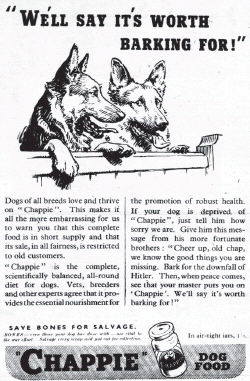Bonzo's War (47 page)
Authors: Clare Campbell

Getty Images
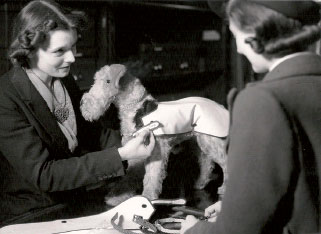
Imperial War Museum
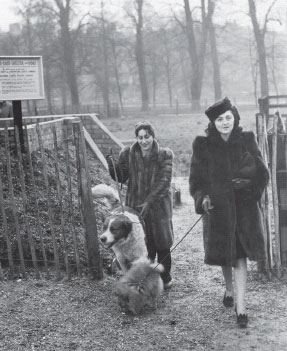
Imperial War Museum
The National Canine Defence League sponsored an air raid shelter in Kensington Gardens where brave but foolish exercisers had been routinely observed not taking cover on air raid warnings.
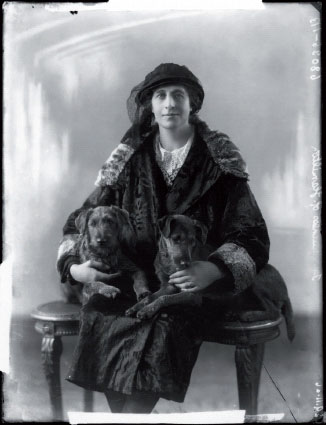
National Portrait Gallery
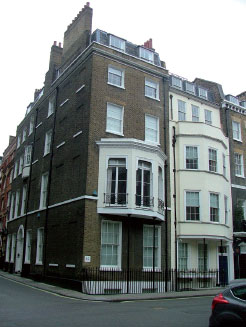
Christy Campbell
The remarkable Duchess of Hamilton declared her London and country homes to be sanctuaries while her campaigning HQ, Animal Defence House in St. James's Place, was full of refugee pets. Her patrician rescue operation was however aimed at London's poor and the better-off were politely told to make their own arrangements. MI5 meanwhile described the Duchess as a âwell known crank'
(below)
.

The National Archives
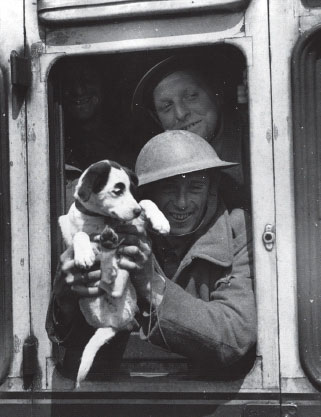
Getty Images
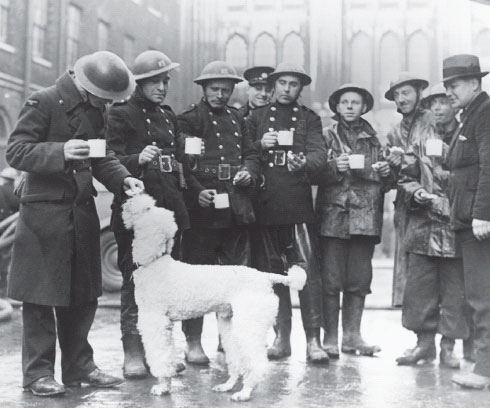
Imperial War Museum
After months of âphoney war,' in May 1940 the Dunkirk debacle saw hundreds of dogs (and a few cats) crossing the Channel with the bedraggled British Expeditionary Force.
When the Blitz began in September, to general surprise, pets stayed calm under fire. Below, London firemen relax with their splendid poodle mascot.
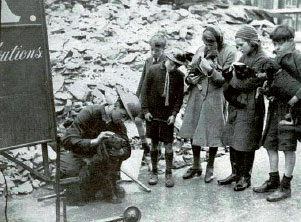
Western Morning Post
via Derek Tait
The work of pet rescue largely fell on animal welfare charities -like this extemporized PDSA post in Plymouth in early 1941
(top left)
and this National Canine Defence League clinic
(below left)
, âmore open than ever' after itself being hit by a bomb.
An army of mostly female amateur rescuers did what they could in the rubble
(below)
â this young woman in West London following NARPAC advice on the use of an extemporized grasper.
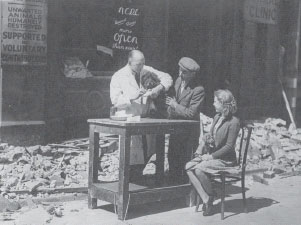
State Library of Victoria
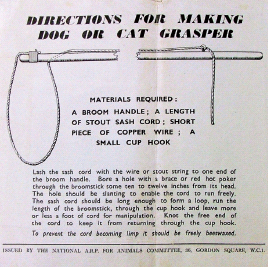
Wandsworth Heritage Service
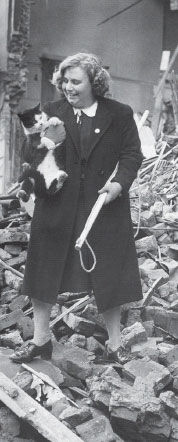
Imperial War Museum
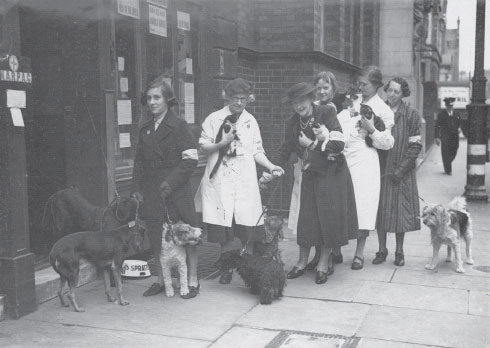
State Library of Victoria
